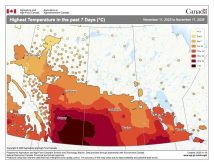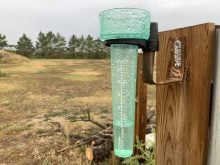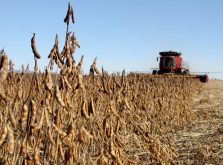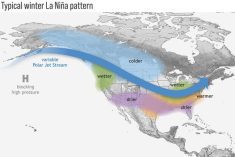AF contributor
After the last couple of weather school lessons , we now have a basic understanding of what drives our winds. With this knowledge we are now ready to take this information and start piecing together the bigger picture of global winds, or what is referred to as general atmospheric circulation.
We now know that on Earth the strong sunshine along the equatorial regions results in warm rising air and a region of low pressure. This is known as a thermally created area of low pressure. At the poles, the low amount of sunshine results in cold heavy air that sinks, and results in an area of high pressure. This is known as a thermally created high.
Read Also
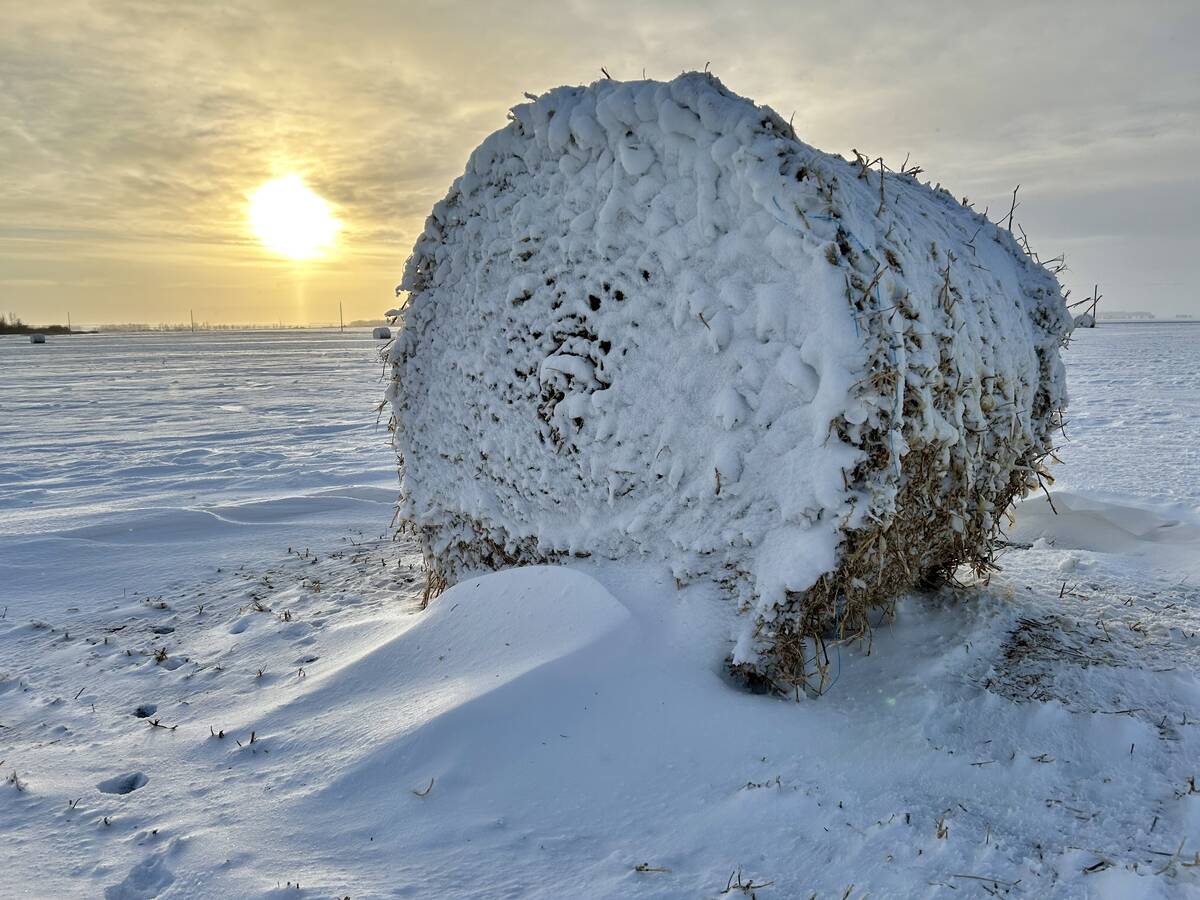
Prairie winter snowfall forecast 2025-2026
How much snow should farmers in Alberta and elsewhere on the Canadian Prairies expect for the rest of December 2025 and into January-February 2026?
If the Earth didn’t rotate our lesson would be coming to an end. These differences in pressure would result in a global pressure gradient force between the poles and the equator and the winds would simply blow from the poles towards the equator.
Fortunately, our planet does rotate, and this ends up creating a much more complex pattern of global winds. As we learned last time, the rotation of Earth causes winds to be deflected to the right in the northern hemisphere and to the left in the southern hemisphere. So on our simplified Earth, the flow of air moving from the North Pole towards the equator would be deflected to the west, eventually resulting in all the winds blowing from east to west (easterly winds).
If you live in the arctic or in the tropics you would be having no problems with this picture, because in these regions the prevailing winds are easterly. Here in our neck of the woods we have to start scratching our heads, because our winds don’t seem to follow this simple Earth scenario – our prevailing winds blow from west to east (westerly winds).
So what’s up? Obviously something more is going on with the atmosphere. As most of us know, our Earth isn’t a simple place and this pretty much holds true no matter where you look, and the atmosphere is no exception. Our simple picture of thermally induced low pressure at the equator and high pressure at the poles needs to be added to by a couple more regions of low and high pressure. These two new regions are what are known as dynamically induced areas of high and low pressure.
Dynamic high and low pressure regions are created not by intense heating or cooling, but by mechanically forcing air to either rise or sink. The first of these dynamically created regions are the subtropical highs. These are the desert regions of the northern hemisphere. As warm air rises at the equator, this rising air eventually has to start spreading out. As if flows northwards it gets mechanically or dynamically pushed downwards. As it is compressed, this air heats up. Once this air reaches the ground it spreads out once again with some air returning towards the equator and some heading north towards the poles. It is this northerly flow of air out of the subtropical high that gives us our westerly winds.
The second dynamically produced region is an area of low pressure known as the sub-polar low. This region of general low pressure is located around 60 degrees latitude. Much like the sub ropical high, this area of low pressure is formed when the air flowing northward from the sub tropical high (the westerly winds) pumps out against the southward flowing polar air. This forces the air to move upwards creating low pressure.
I have included a side view image of these four different general areas of high and low pressure to help you visualize just what is going on. In our next lesson we will focus on the sub tropical highs and the polar lows, to try and understand just how these combine together to create the weather we experience day to day.




